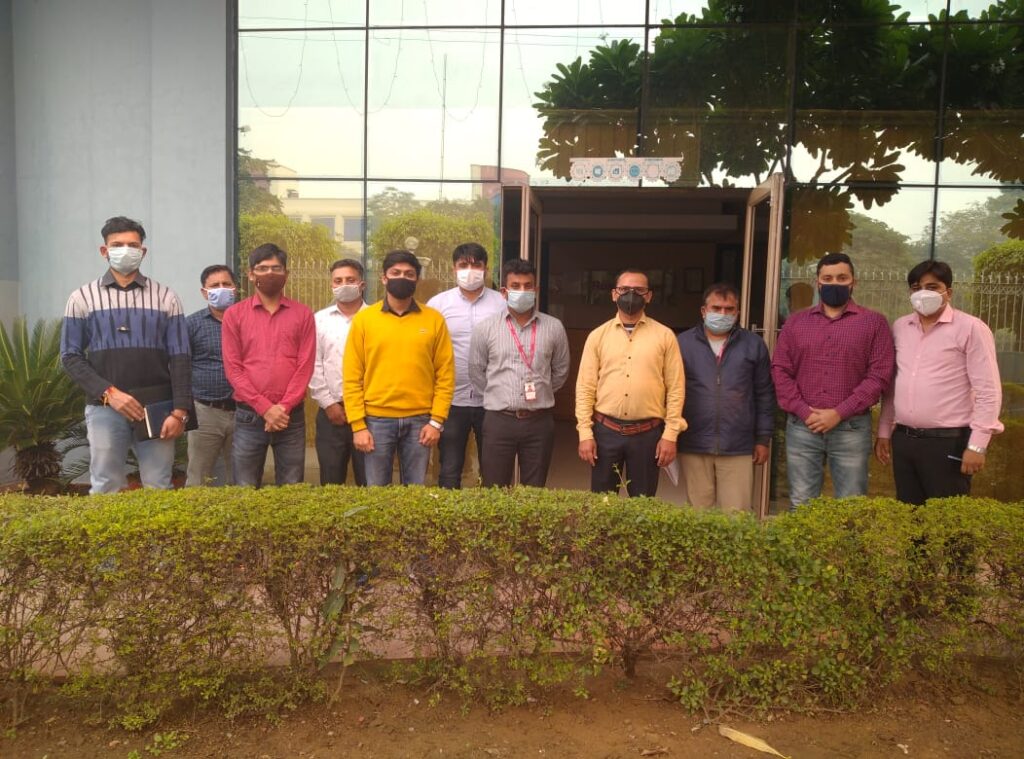Emergency Preparedness Training
Emergency preparedness training is an essential aspect of any organization’s risk management strategy.
Emergency Preparedness Training
Emergency Preparedness Training: How to Plan for and Respond to Emergencies
Introduction
In today’s unpredictable world, emergencies and disasters can happen anytime and anywhere. Organizations need to be prepared with an emergency response plan to protect their employees, customers, and property.
Why Emergency Preparedness Training is Essential
Emergency preparedness training provides employees with the knowledge and skills they need to prepare for, respond to, and recover from emergencies. It helps organizations to minimize the impact of emergencies on their operations, reputation, and financial performance.
Here are some reasons why emergency preparedness training is essential:
- Protect Employees and Customers: Emergency preparedness training helps employees and customers to stay safe during emergencies. It teaches them how to respond to emergency situations, such as fires, floods, earthquakes, and active shooter incidents.
- Minimize Property Damage: Emergency preparedness training teaches employees how to use fire extinguishers, first aid kits, and other emergency equipment. This can help to minimize property damage and prevent business interruptions.
- Ensure Business Continuity: An effective emergency response plan helps organizations to maintain their operations during and after an emergency. This can prevent the loss of customers, revenue, and market share.
Key Elements of an Effective Emergency Response Plan
An effective emergency response plan should include the following key elements:
- Emergency Response Team: The emergency response team should be composed of trained individuals who are responsible for implementing the emergency response plan. This team should be familiar with the plan and its procedures and should be able to respond quickly to emergency situations.
- Communication Plan: The communication plan should outline how information will be disseminated during an emergency. It should identify the key personnel who will communicate with employees, customers, vendors, and other stakeholders.
- Evacuation Plan: The evacuation plan should identify the evacuation routes, assembly points, and procedures for evacuating the building or site. It should also specify who is responsible for initiating the evacuation and how employees will be accounted for after the evacuation.
- Emergency Equipment and Supplies: The emergency response plan should identify the emergency equipment and supplies needed to respond to emergencies. This may include fire extinguishers, first aid kits, emergency lighting, and backup power sources.
- Training and Exercises: Employees should receive regular training on the emergency response plan and should participate in emergency response exercises. These exercises should simulate emergency situations and test the effectiveness of the plan.
Emergency Preparedness Training for Different Type of Organizations
Emergency preparedness training should be tailored to the specific needs of different types of organizations. Here are some examples:
- Emergency Preparedness Training for Healthcare Facilities: Healthcare facilities should train their staff on how to respond to medical emergencies, such as cardiac arrests and respiratory distress. They should also have a plan in place for responding to infectious disease outbreaks.
- Emergency Preparedness Training for Schools: Schools should train their staff on how to respond to emergencies, such as fires, natural disasters, and active shooter incidents. They should also have a plan in place for reuniting students with their parents or guardians after an emergency.
- Emergency Preparedness Training for Manufacturing Facilities: Manufacturing facilities should train their staff on how to respond to chemical spills, fires, and other emergencies that may occur in a manufacturing environment. They should also have a plan in place for evacuating the facility and shutting down operations if necessary.
- Emergency Preparedness Training for Government agencies: Government agencies should train their staff on how to respond to emergencies, such as natural disasters and terrorist attacks.
- Emergency Preparedness Training for Non- profit Organizations: It is essential to ensure the safety of employees, volunteers, and the community during emergency situations. Emergency response planning for non-profit organizations should include emergency response procedures, evacuation plans, and communication protocols. Non-profit organizations should also conduct regular emergency preparedness training for staff and volunteers.
Conclusion
Emergency Preparedness training is an essential for all type of organizations. It equips individuals with the knowledge and skills needed to handle emergency situation effectively.
EHS CIRCLE INDIA is the Top Fire Consultant or consultancy in Delhi, NCR & India who provides Emergency Preparedness training through competent trainers in Pan India.
Contact us for further enquiry

